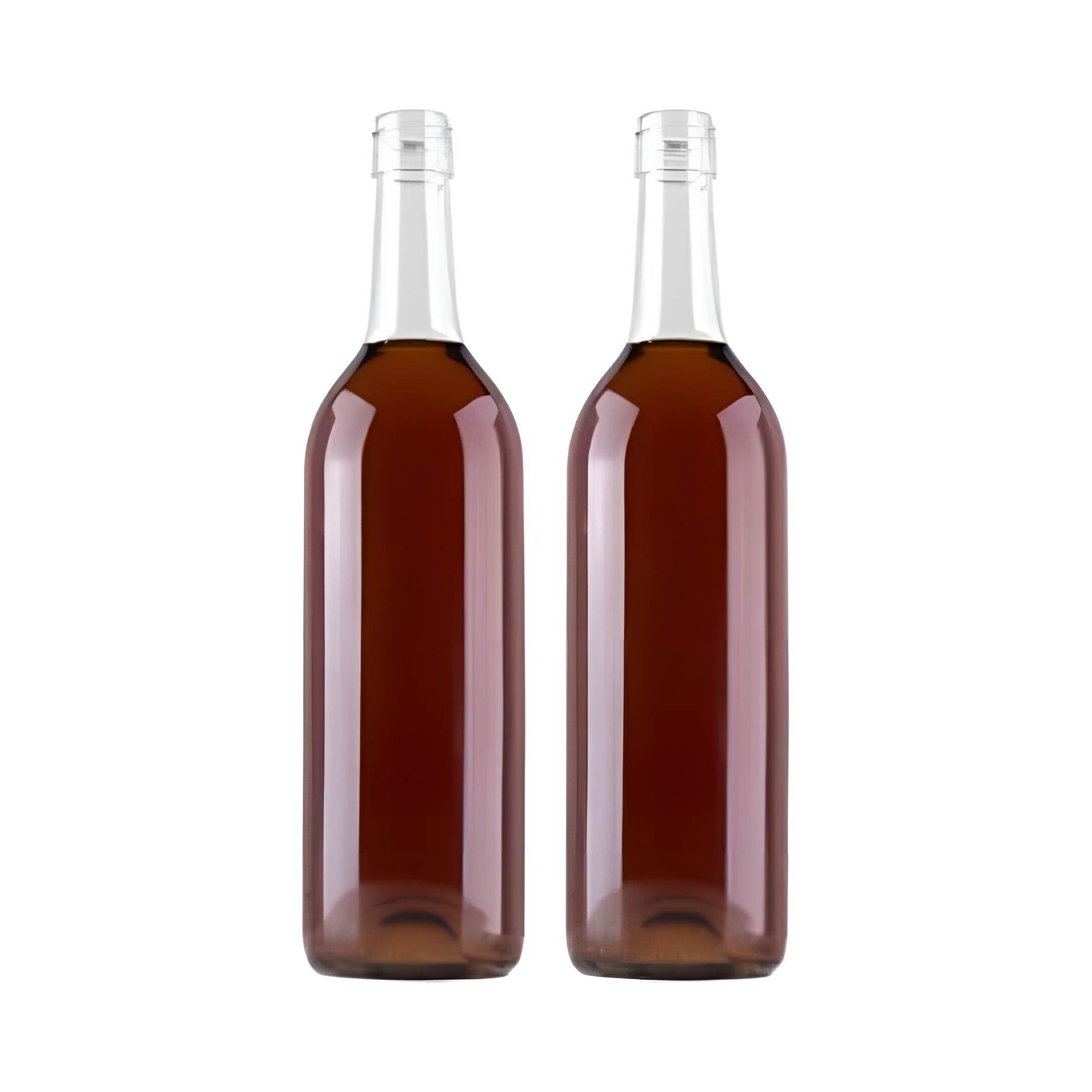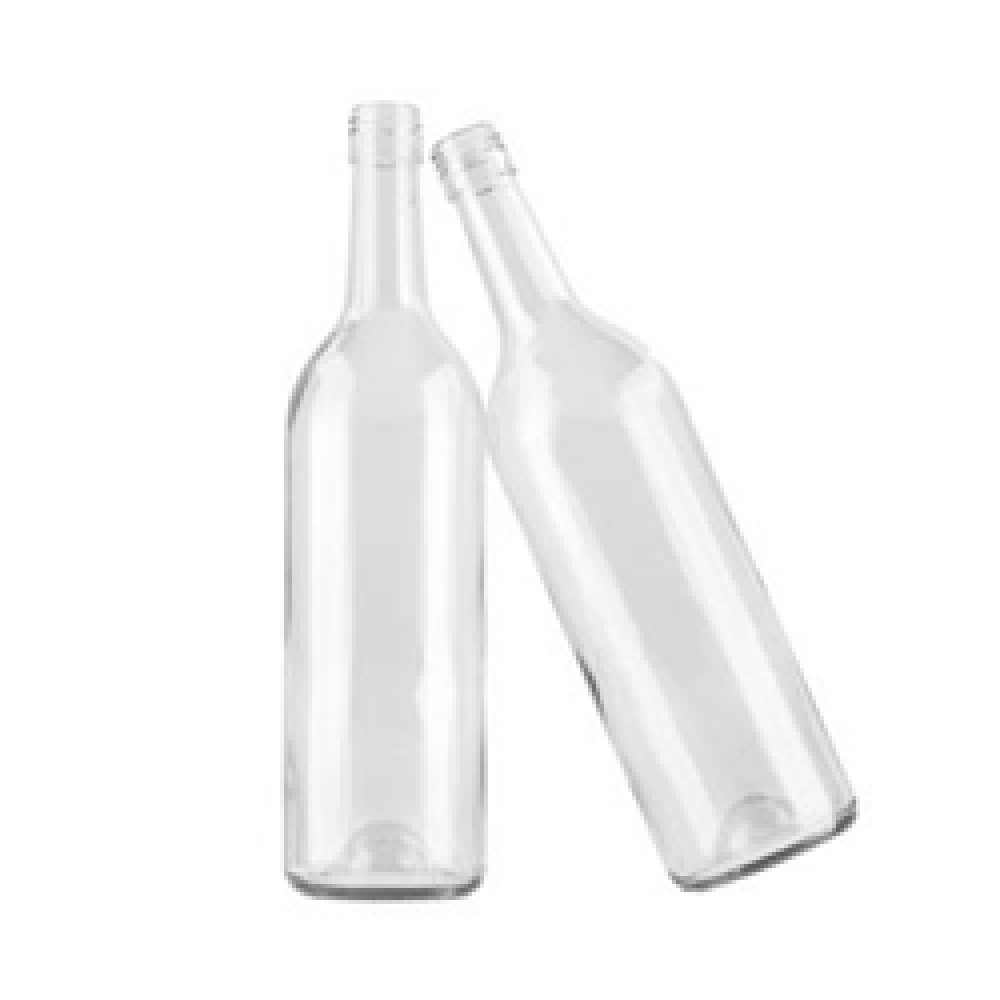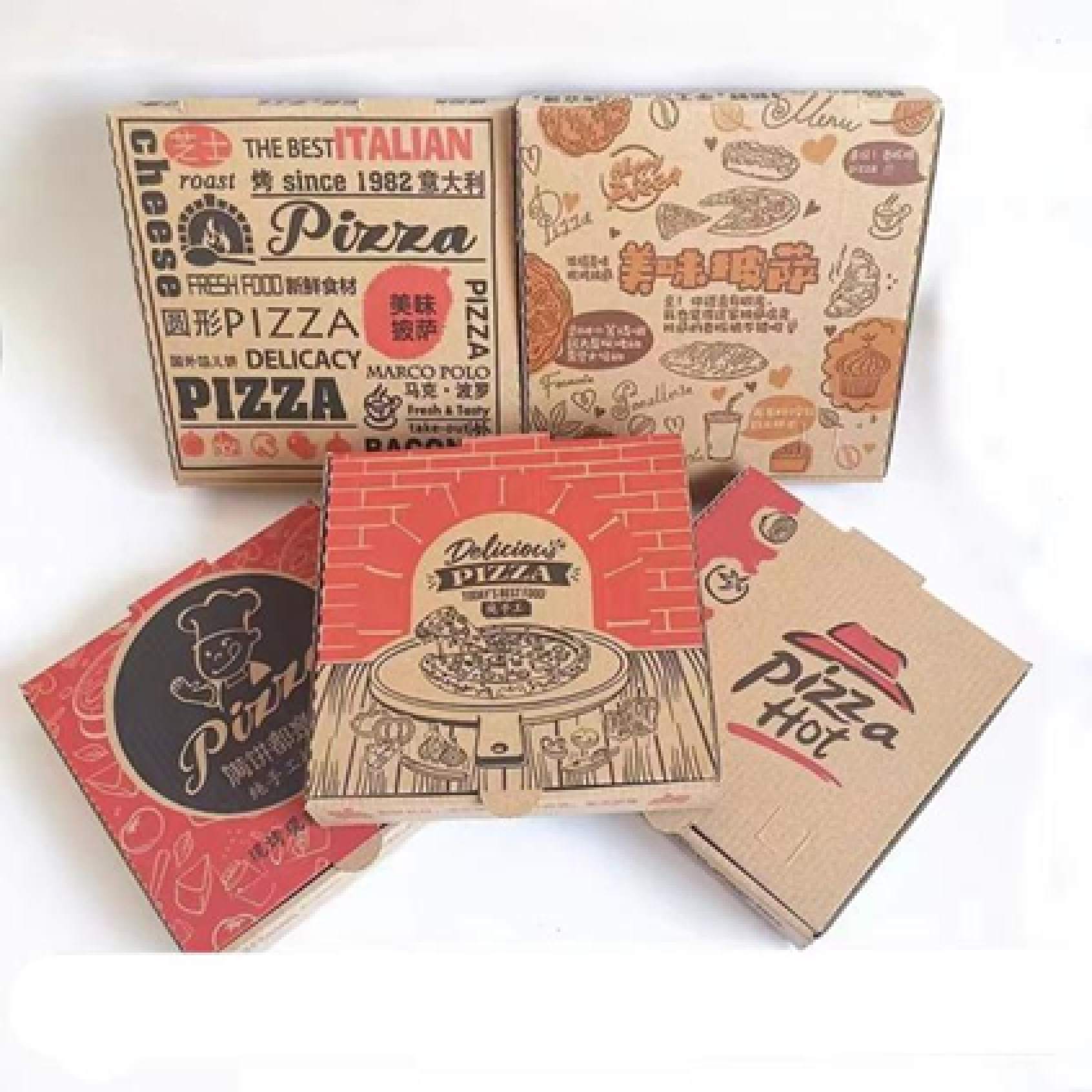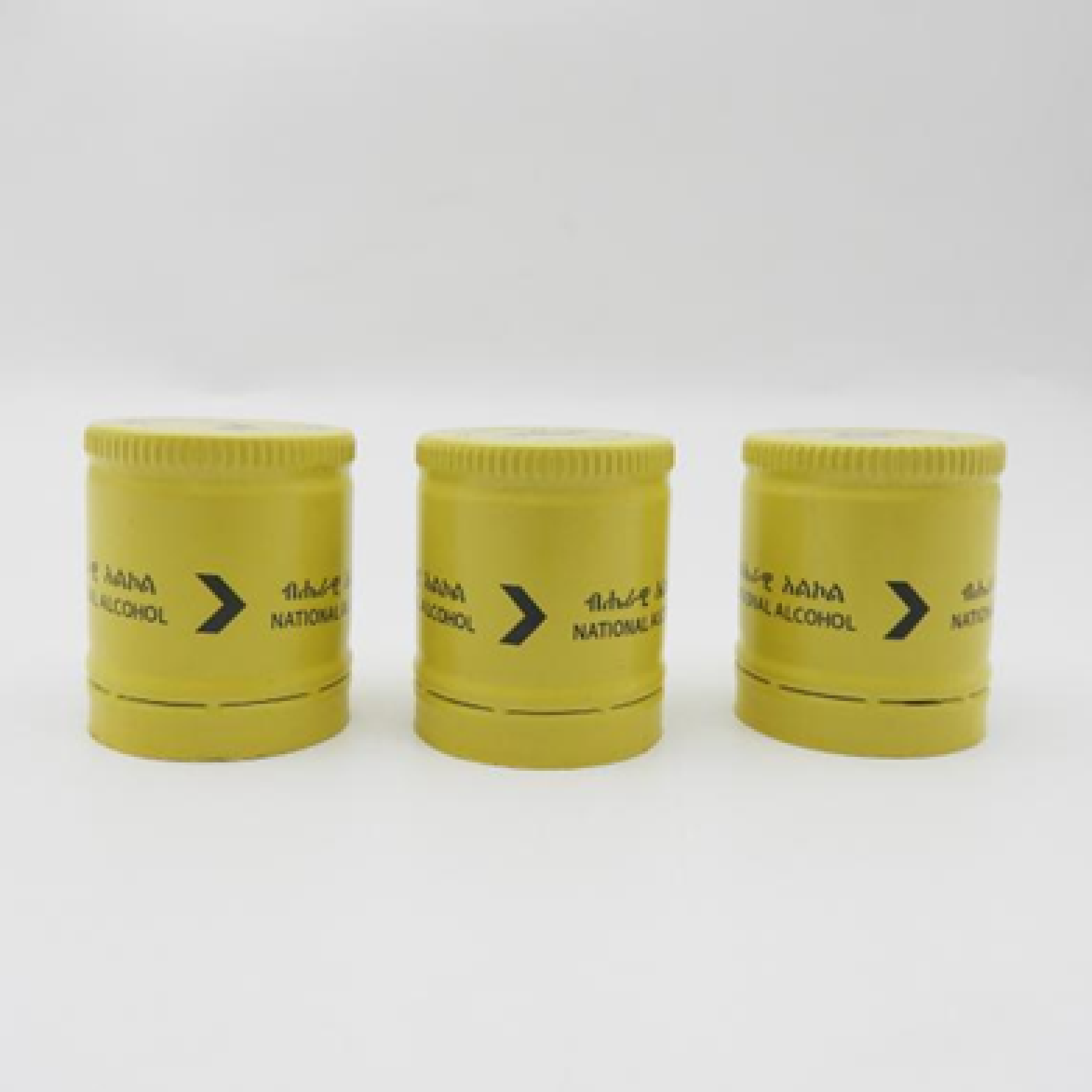The Bordeaux bottle is distinguished by its straight sides and a pronounced shoulder (a sharp angle where the neck meets the body). This shoulder is a defining feature, setting it apart from other bottle styles like the Burgundy bottle (which has sloped shoulders).
The neck is relatively short and thick, often with a lip that accommodates a cork. Some modern versions may include a screw cap, but the traditional shape remains consistent.
The design emerged in the 18th century, coinciding with advancements in glassblowing and the standardization of wine production in Bordeaux. The straight sides and sturdy build made it practical for transportation—whether by ship (Bordeaux is a port city) or by land.
The pronounced shoulder serves a functional purpose: it helps trap sediment that forms in aged wines. When pouring, the shoulder acts as a barrier, preventing sediment from entering the glass. This is particularly useful for Bordeaux wines, which are often aged and may develop sediment over time.
Like most wine bottles, Bordeaux bottles come in standard sizes, with the 187ml 375ml 500ml 750ml being thecommon.






